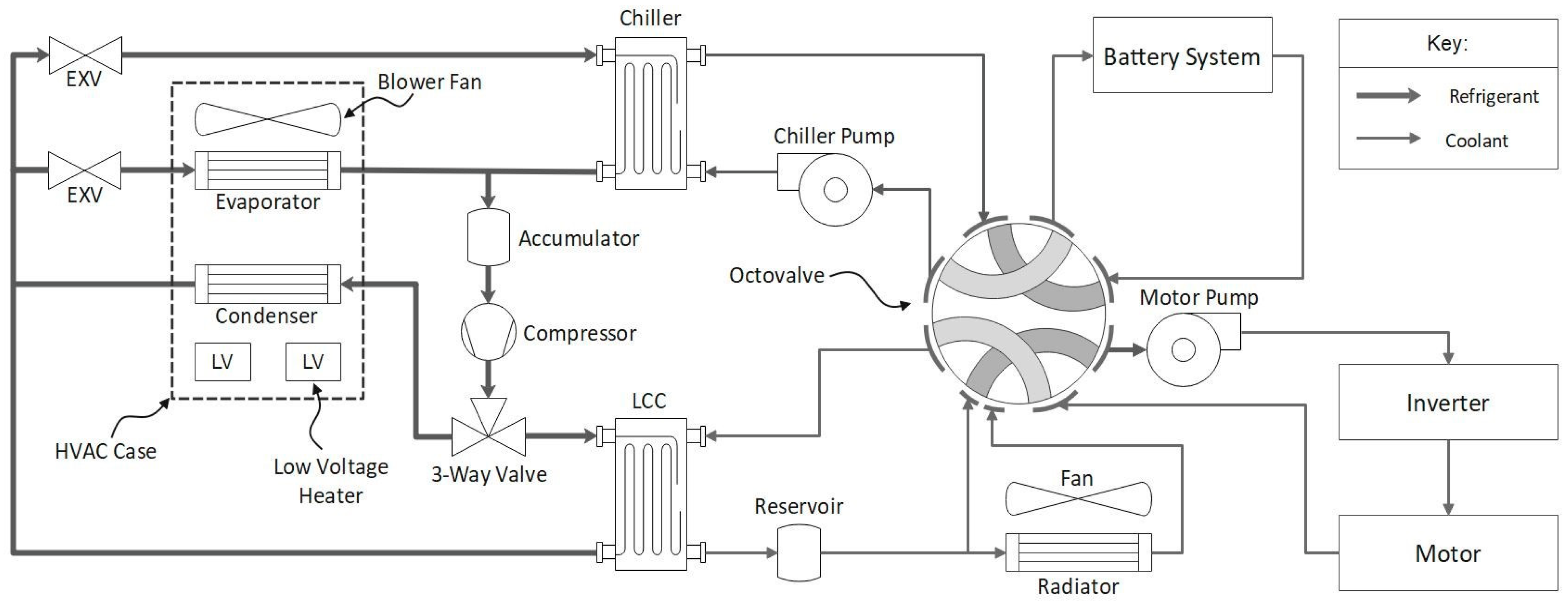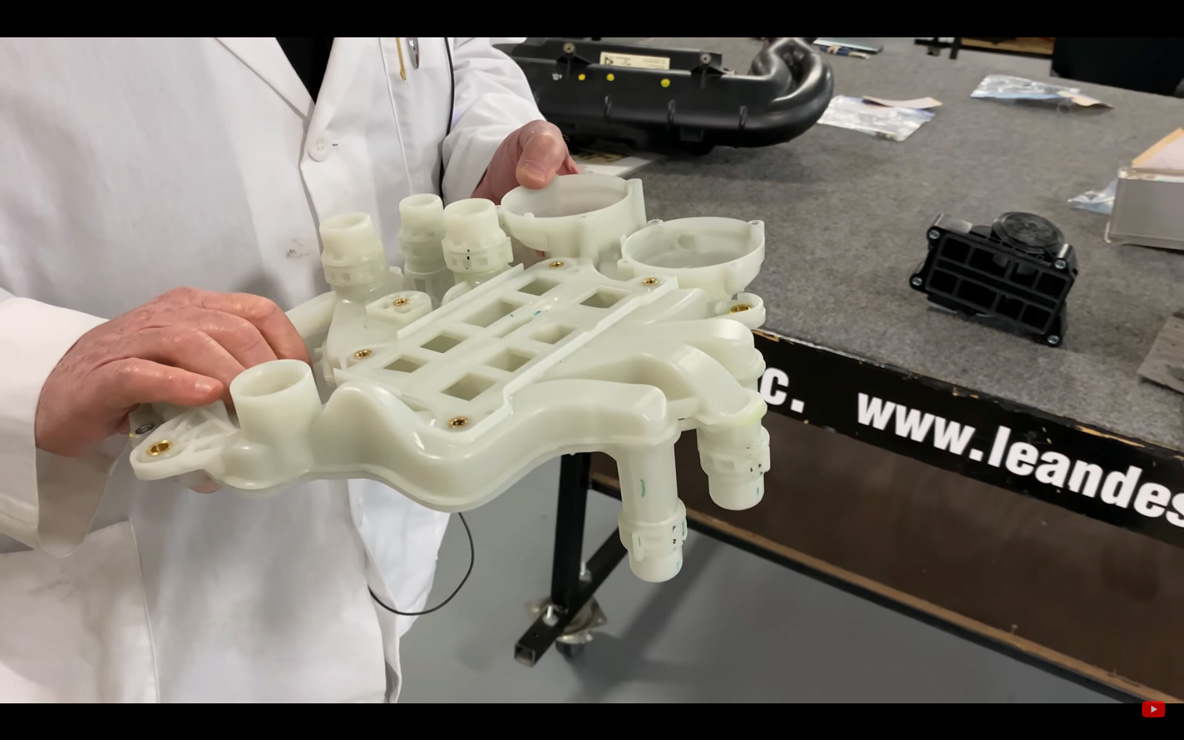I was very surprised to learn that Tesla recommends replacing the "A/C dessicant bag" every 2-6 years (depending on year and model) as a maintenance item.
I understand the purpose of dessicant in a refrigeration system, but once the dessicant absorbs any moisture that may remain in the system after the initial charge, it should have no further function since no additional moisture can get in unless the system loses its charge due to a leak or is opened for repairs.
So, why is this recommended in a Tesla, but no other refrigeration system that I've ever seen or heard of?
I understand the purpose of dessicant in a refrigeration system, but once the dessicant absorbs any moisture that may remain in the system after the initial charge, it should have no further function since no additional moisture can get in unless the system loses its charge due to a leak or is opened for repairs.
So, why is this recommended in a Tesla, but no other refrigeration system that I've ever seen or heard of?




